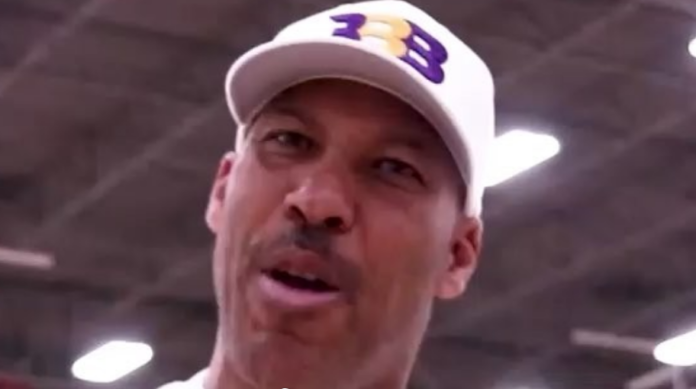When the Ball Family patriarch LaVar founded the Junior Basketball Association, the goal was to provide a league where elite basketball prospects who were not yet one year removed from high school could earn money while maturing into NBA-level players. A secondary goal was to provide his sons a stepping stone to the NBA that was not affiliated with the NCAA.
The inaugural season of the JBA started on June 21st and ended on August 12th. Since the league’s induction, it’s had some triumphs: one player (Kezo Brown) from the JBA has earned a professional contract, and the league booked an international tour where its best players (Team JBA USA) will play against professional teams across Eastern Europe and East Asia.
Unfortunately, the JBA also had some failures: teams as small as seven players have played 48 minute games, at least two different head coaches were far too aggressive with players (in one instance a physical altercation), pickup style basketball, and LaMelo Ball getting ejected for pushing and slapping a Lithuanian player. Even worse, the league has made inconsistent payouts to its players and, given the amount of marketing attention and sheer number of shots the Ball Brothers take, has been accused of existing solely to propel LaMelo and LiAngelo into the NBA.
In one season, the JBA has been a success. For one season, it was a domestic option for young players who “fell through the cracks” to get experience and exposure. For another year, it kept the limelight on LaVar’s middle and youngest son.
Then, on October 18th, the NBA released a statement informing the public that the NBA’s developmental league, the G League, would introduce a new path to the NBA for elite prospects. In other words, what the JBA wants to be, but way closer to the NBA and paying way more money.
We may never know for certain, but the timing of the events sure seems to imply that the JBA forced the NBA’s hand to provide an alternative route to the league. I’m personally willing to credit the JBA with this.
What does this mean for the future of the JBA?
In the short term, nothing. Top tier talents already had no interest in joining the JBA. The only players who were going to seriously consider the JBA were talented players who somehow fell through the cracks in NCAA recruiting, or needed money immediately and could not get an overseas league offer.
In the long term view for the JBA, the league’s ceiling has gotten lower. From the beginning, placing several players into the NBA would have made it easier to lure top prospects to the JBA (and contribute to revenue). But now that the NBA has an option that is superior to the JBA’s offerings in every way, it seems even less likely for an elite prospect to choose the JBA. At the same time, there will always be players who fall out of the pipeline to the NBA for whatever reason (injury, academic ineligibility, family issues, coaching issues, etc.). If the JBA can grow into a trampoline for these types of players to get back into the pipeline, it will still have a place in the professional basketball ecosystem.
The ceiling for the league sure got lower, and there are basic operations that need to be sorted out, but the JBA can still have a future highlighting talented young players chasing NBA hoop dreams.
UPDATE (5/11/2022): Edited for accuracy.
The previous version of this article contained a link to an unverified report that Kezo Brown signed a pro contract in France. The link, attached to the text “Kezo Brown,” has been updated to a verified account of Kezo Brown signing a pro contract to play in China’s Wildball League in 2019.

Mr Ball’s 💡 Idea was a great idea though !!!
Might want to update this. Kezo didn’t get a professional contract. It was a lie. Look closer.